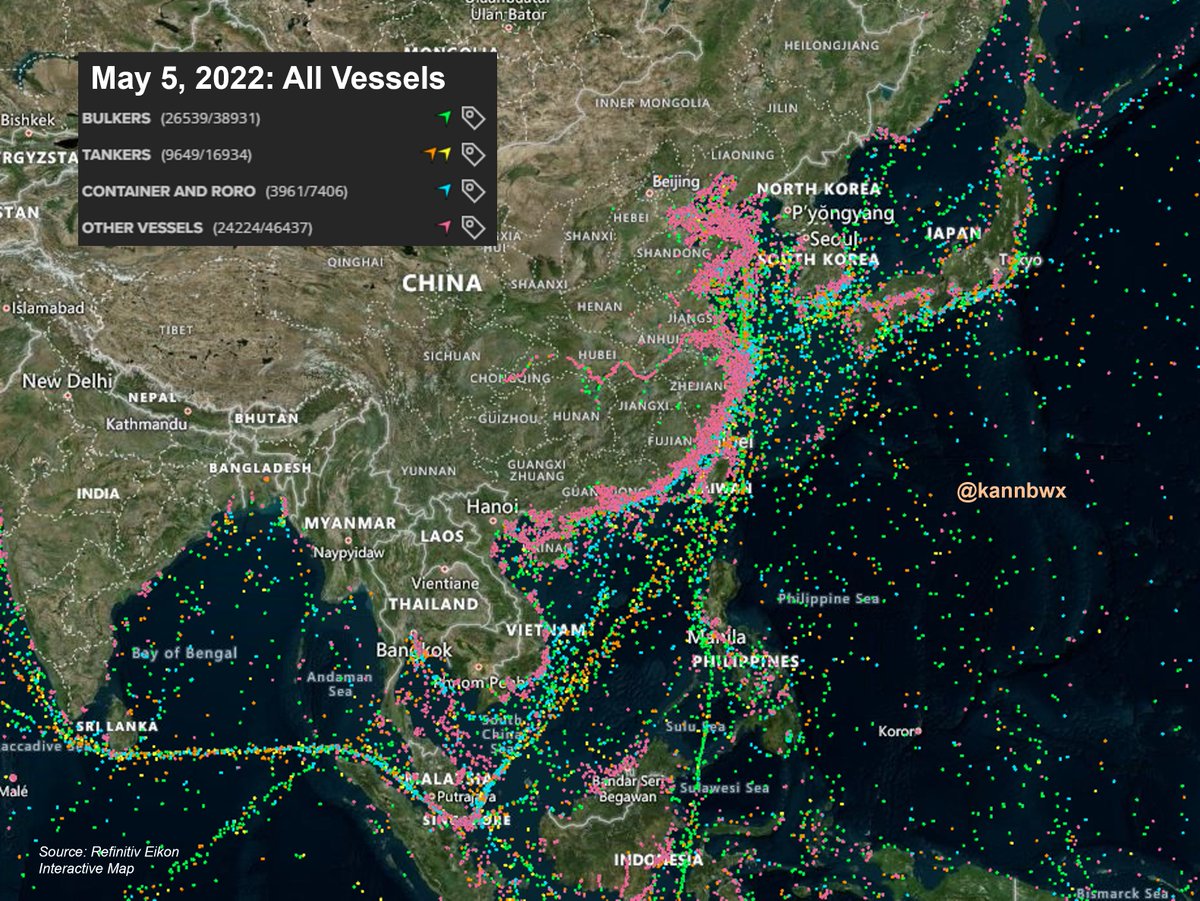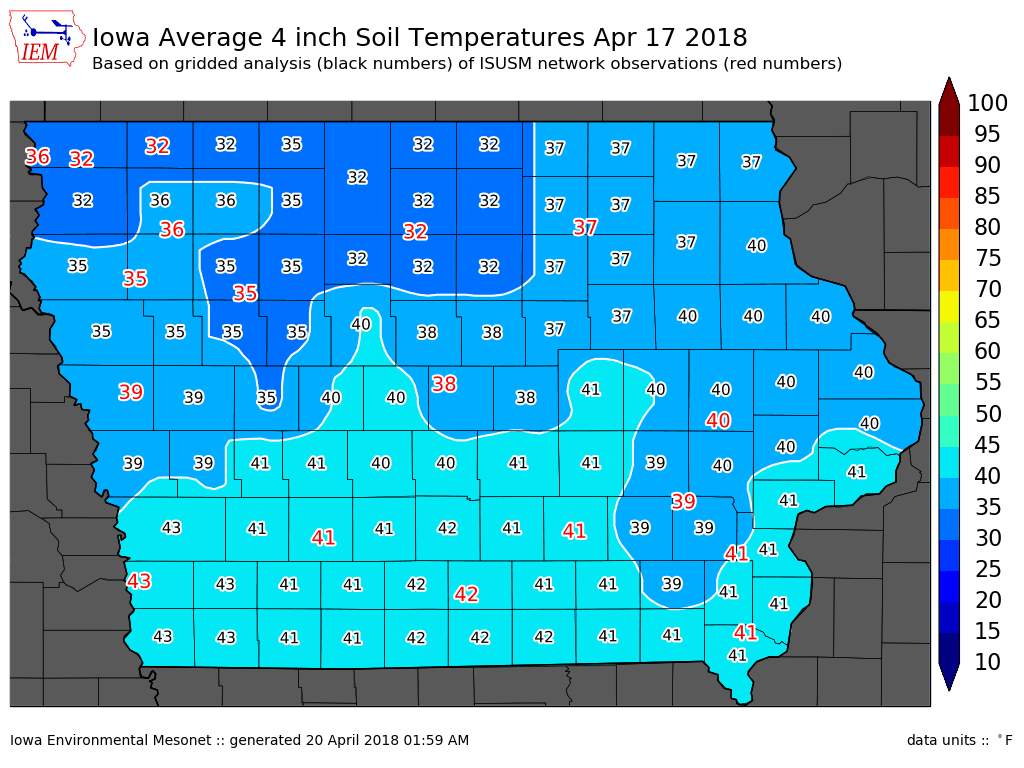
Forecasters believe La Nina is the most likely ENSO state through the end of 2022 into early 2023. #LaNina has been present since mid-2020 and has caused crop problems in Argentina, southern Brazil and the southern U.S. Plains. 

If you're not familiar with ENSO and its cool (warm) phase La Nina (El Nino), or need a refresher, this is for you. Differences in atmospheric pressure influence the tropical trade winds in the equatorial Pacific. That impacts surface water temps and ultimately climate patterns. 

This is a visualization of La Nina and El Nino, which are usually strongest during the N. Hemispheric winter months. Surface waters are cool during La Nina, warm during El Nino. Can also have neutral ENSO. ENSO = El Nino-Southern Oscillation, the name for this cycle. 

• • •
Missing some Tweet in this thread? You can try to
force a refresh
























